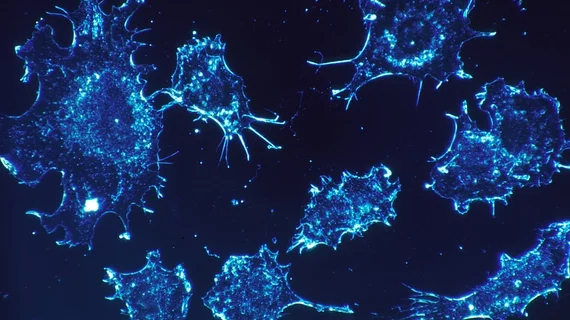Precision medicine tool predicts deadly form of rare cancer
Researchers from Brigham and Women's Hospital in Boston have created a tool capable of predicting if patients with mycosis fungoides (MF) will develop a deadly form of the cancer. Findings were published May 9 in Science Translational Medicine.
Most patients with MF, a common type of cutaneous T cell lymphoma, have a slow-growing type of the disease. However, a subset develops an aggressive form of the disease that is deadly and untreatable if caught too late. In this study, researchers outlined the development of a tool to identify deadly MF early so patients can be treated with stem cell therapy.
"We are excited to bring precision medicine to the management of MF patients," said senior author Thomas Kupper, MD, chair of the BWH Department of Dermatology. "While more work needs to be done, we think this approach has the potential to prospectively identify a subgroup of patients who are destined to develop aggressive, life-threatening disease, and treat them in a more aggressive fashion with the intent to better manage, and ideally cure, their cancer."
Using high-throughput sequencing of the T-cell receptor beta gene, the tool can make predict if early-stage patients will develop aggressive MF. To build the tool, the team collected data from 900 patients on their disease progression since 2002. The study explained how sequencing T cell receptor genes from skin tissue, then using high-throughput DNA sequencing, could reveal the number of cells at a location. The percentage of T cells that are cloned into mutated MF lymphoma T cells correlated to disease progression and overall survival of the patient.
"Under the microscope, benign T cell and MF T cells are hard to distinguish," said Kupper. "However, every T cell has a unique DNA sequence of its T cell receptor, which we can detect by high-throughput DNA sequencing. High throughput DNA sequencing and calculations of TCF allow us to make predictions that would never before have been possible. As a physician who has treated patients with this disease for decades, I am excited to be involved with work that so directly and profoundly affects the care and management of these patients."

